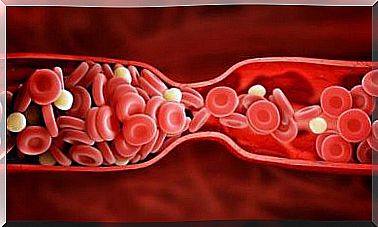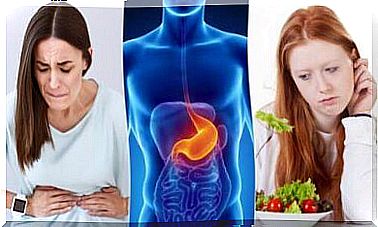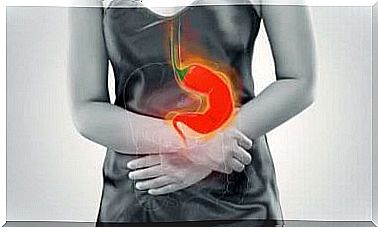Pale Or White Stool: Causes Of Occurrence And Treatment
When white stool shows up, we immediately worry. And there are good reasons for that. In this article, we will explain what causes pale or white stools and how they can be treated.

The stool gives us information about the condition of our intestines and digestive tract. A change in color can be a warning sign and indicate an illness. White stool is a clear sign that there is a problem in the body.
Usually, bowel movements vary in a variety of shades of brown and even green and black. What to do if it appears white or light?
Light or white stools
If the stool is white or clay-colored, it indicates a problem in the biliary system. This includes the pancreas, liver and gallbladder. Bile salts determine the brown color of the stool. These salts are excreted by the liver.
If the stool is white it could be due to an infection in the liver. This will reduce the production of bile juice. There may also be an obstruction of the bile duct. As a result, the digestive system is unable to properly absorb fats.
There are also light (yellow to gray) and greasy stools. This condition is known as “acolytes”.
It is very common to have a problem with the chair at some point in our life. These changes can either be harmless and temporary, or, on the contrary, alarming.
Possible causes of white stools
White stools can be the result of various problems. These mostly result from the consumption of certain medications, bad lifestyle habits or certain illnesses.
1. Medicines

Consumption of certain medications causes stools to turn white or pale in some people. Examples of this are antibiotics, which are used to treat infections such as tuberculosis, or intestinal problems such as diarrhea.
On the other hand, anti-inflammatories and oral contraceptives can also cause white stools. Also, in addition to white stools, anabolic steroids can cause drug hepatitis.
In these cases , white stools usually go away a few weeks after stopping the drug.
2. Hepatitis
Hepatitis is inflammation of the liver. It is caused by hepatitis A, B, or C viruses (the latter are the most dangerous as they can be fatal).
One of the symptoms of hepatitis is pale or clay-colored stools. This phenomenon is caused by a malfunction of the liver.
3. Alcoholic hepatitis
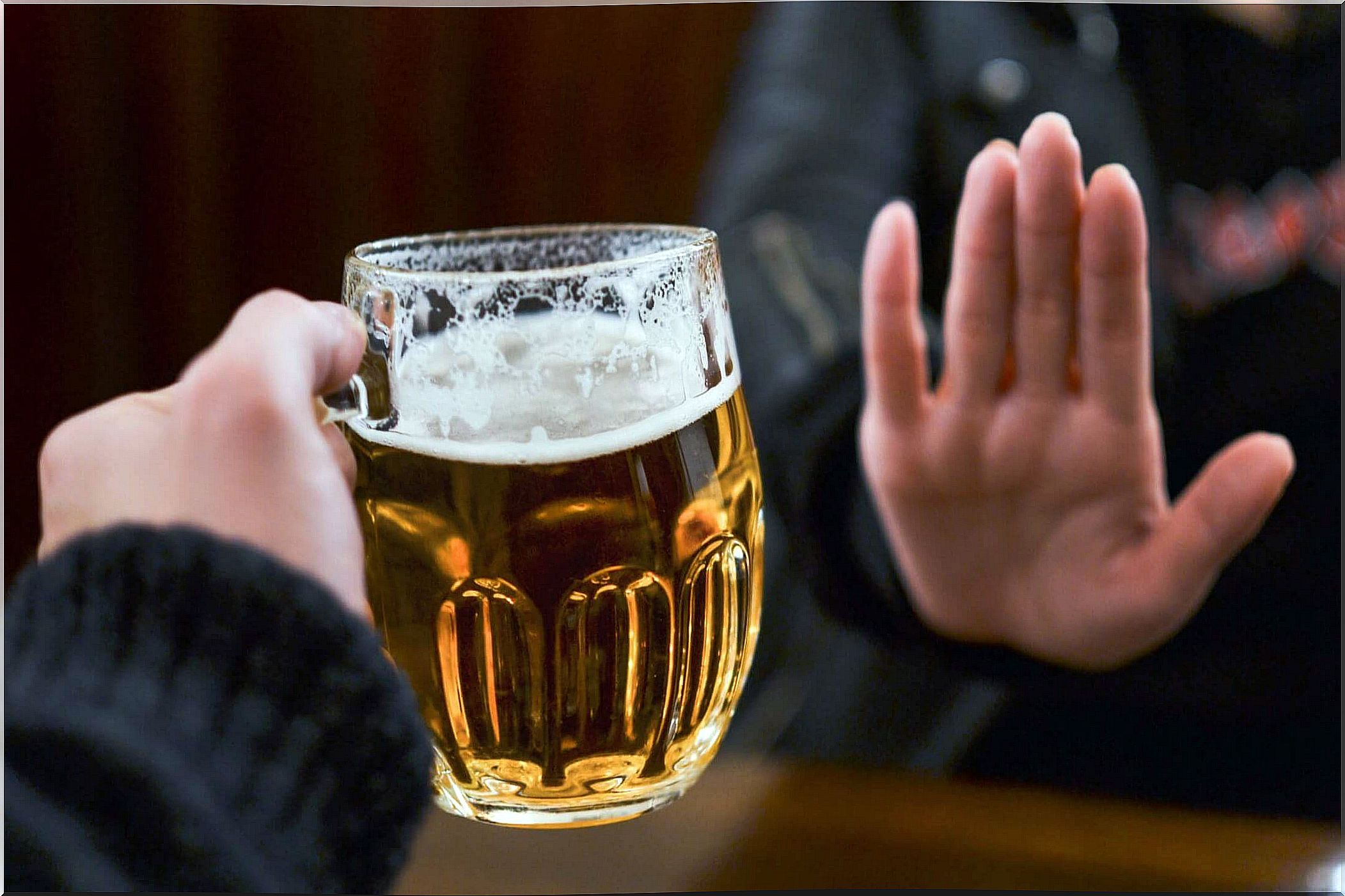
The cause of this disease is excessive alcohol consumption. It manifests itself with inflammation of the liver. The severity depends on the amount and length of time you have consumed alcohol.
Symptoms are ascites, fatigue, edema, hepatic encephalopathy, and jaundice. Hepatitis is one of the causes that leads to white stools. Both alcoholic and viral hepatitis can lead to cirrhosis.
4. Biliary cirrhosis
Biliary cirrhosis is a chronic and irreversible disease of the liver in its final phase. It occurs when liver cells are destroyed. This leads to irritation and inflammation of the biliary tract of the liver.
Because of this, the flow of bile is blocked and the liver cells are damaged. This results in a scar called cirrhosis. One of the effects of cirrhosis is that the stool turns white.
5. Cancer
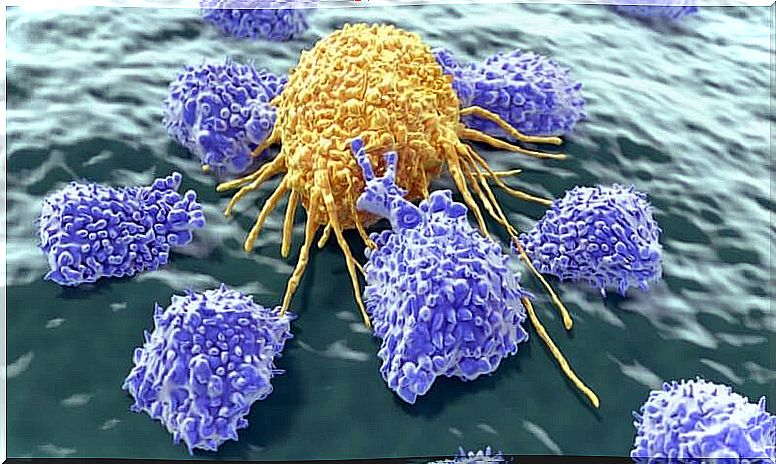
Some cancers can cause white or pale stools and fatigue. Pancreatic cancer, biliary tumors, and other cancers that block the bile duct cause stool to turn a light yellow or clay color. The reason is that it lacks digestive enzymes that come from the pancreas.
This can also lead to fatigue. Because the food is not digested properly and nutrients cannot be properly absorbed. All of this leads to possible malnutrition.
6. Gallstones
Gallstones are solidified debris in the gallbladder. These block the flow of bile. They are made from cholesterol or hydrogenated bilirubin.
When gallstones are large, they sometimes block the biliary tract, which releases the bile into the intestines. The consequence of this anomaly is that the chair becomes light.
Sometimes the gallstones won’t go away with medication. In this case, surgery should be performed to remove them.
7. Primary sclerosing cholangitis

Primary sclerosing cholangitis is a condition in which the biliary tract becomes inflamed or scar tissue forms. This condition leads to a breakdown of the bile flow. Thus, the stool is not properly reached and this leads to a lack of color.
However, this disease is treated with medication or surgery.
Diagnosing and treating white stool
The appearance of white stools is a serious condition. She should be consulted by a doctor immediately. The expert will begin appropriate treatment once the causes are discovered and diagnosed.
The following tests should be performed:
- Blood tests : These can detect deviations in blood values.
- CT scan : This is a diagnostic test that creates an image of the inside of your body.
- Endoscopic retrograde cholangiopancreatography (ERCP) : This is a special type of MRI that takes detailed images of the biliary system.
- Ultrasound scan of the abdomen : It is a test to take a picture of the organs and check that everything is okay and in place.
- Liver function tests.
- Surgery : In extreme emergencies, an operation is performed to find defects in the biliary tract.
Once the cause that is creating the appearance of white stool has been addressed, the stool should return to its normal color. However, if the stool remains abnormal in color, treatments should be deepened.
White stool in children:

It is always important to check children’s bowel function. In this way, health problems can be discovered in good time. White stools – or white diarrhea – are common in young patients. Sometimes it is due to milk or its by-products that the child may not be able to tolerate.
As parents, we should always educate ourselves about the causes of white stool and which treatment is best. Of course, the visit to the doctor should take place as soon as possible.
Causes of white stool in children
This problem can be triggered by one of the following factors:
- hepatitis
- Consumption of cold food.
- Quality and quantity of the food consumed.
- Poor food intake due to a tiny parasite that damages the intestines.
Treatment for pale or white stools in children
See a doctor immediately if a child has white or pale stools. Most likely he will initiate a stool culture test.
It is recommended to give plenty of fluids. This prevents dehydration. The child needs a lot of water and mineral salts. Occasionally there are germs that cause white stools. In this case, antibiotic treatment is required.
Always remember never to resort to medication containing loperamide without a doctor’s prescription. The same recommendation applies to any other medication that has not been prescribed by a doctor.
